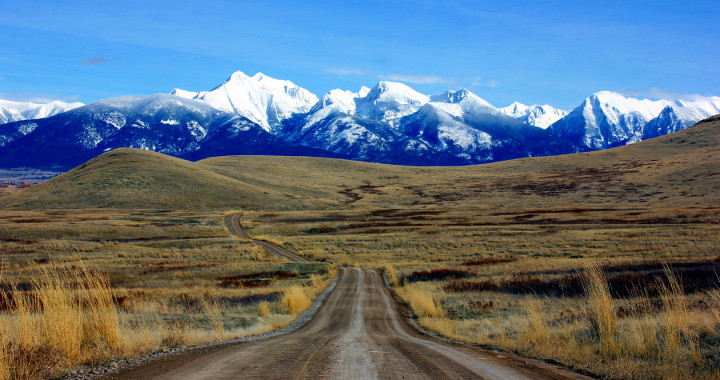According to the U.S. Geological Survey, the previous estimates for the amount of gas in the Mancos Shale formation in Colorado’s Piceance Basin were a teensy bit off. How far? About 4,000 percent. A recent report from the organization stated that the deposit may have as many as 66.3 trillion cubic feet of gas, as opposed to a 2003 estimate which put the number at around 1.6 trillion. This new estimate puts Colorado as the second biggest home of gas in the nation.
While that may sound like a surefire financial boon to the state, the discovery is one that will have to wait until it’s profitable. The industry — as most know — is currently reeling from the lowered demand for the product that’s come as a result of lowered oil prices on the international market. Of course, while the industry is combatting a financial lull, it’s simultaneously confronting upcoming legislation that seeks to put a big damper on business. Garfield County, one of the state’s largest providers of natural gas, in particular, is poised to take a big hit if one specific piece of legislation, the Mandatory Setback Amendment, is passed. It’s a boon the county could use.
The Denver Post, however, says that hope may be on the horizon. A burgeoning deal on the Western Slope, the Jordan Cove Energy Project, may see a portion of the region’s natural gas bounty exported to two of Japan’s largest utilities. Of course, federal oversight is restricting the possibilities for that plan at the moment, in spite of the potential benefits. Not only would the project be a much needed boon to the region’s economy, it could also be good for the environment since the plan would replace the much more environmentally devastating use of coal.
What’s more, the Jordan Cove Energy Project could optimistically open the door to even more deals which may increase demand in the region and potentially help companies all over the Midwest. That’s something the oil and gas industry desperately needs right now.
The jury is still out on whether or not the necessary federal regulation will come down to help make such projects a real possibility. Even if it doesn’t, it’s only a matter of time before demand increases and the region can start supplying gas to the nation once more. At this point, it’s just a waiting game.

